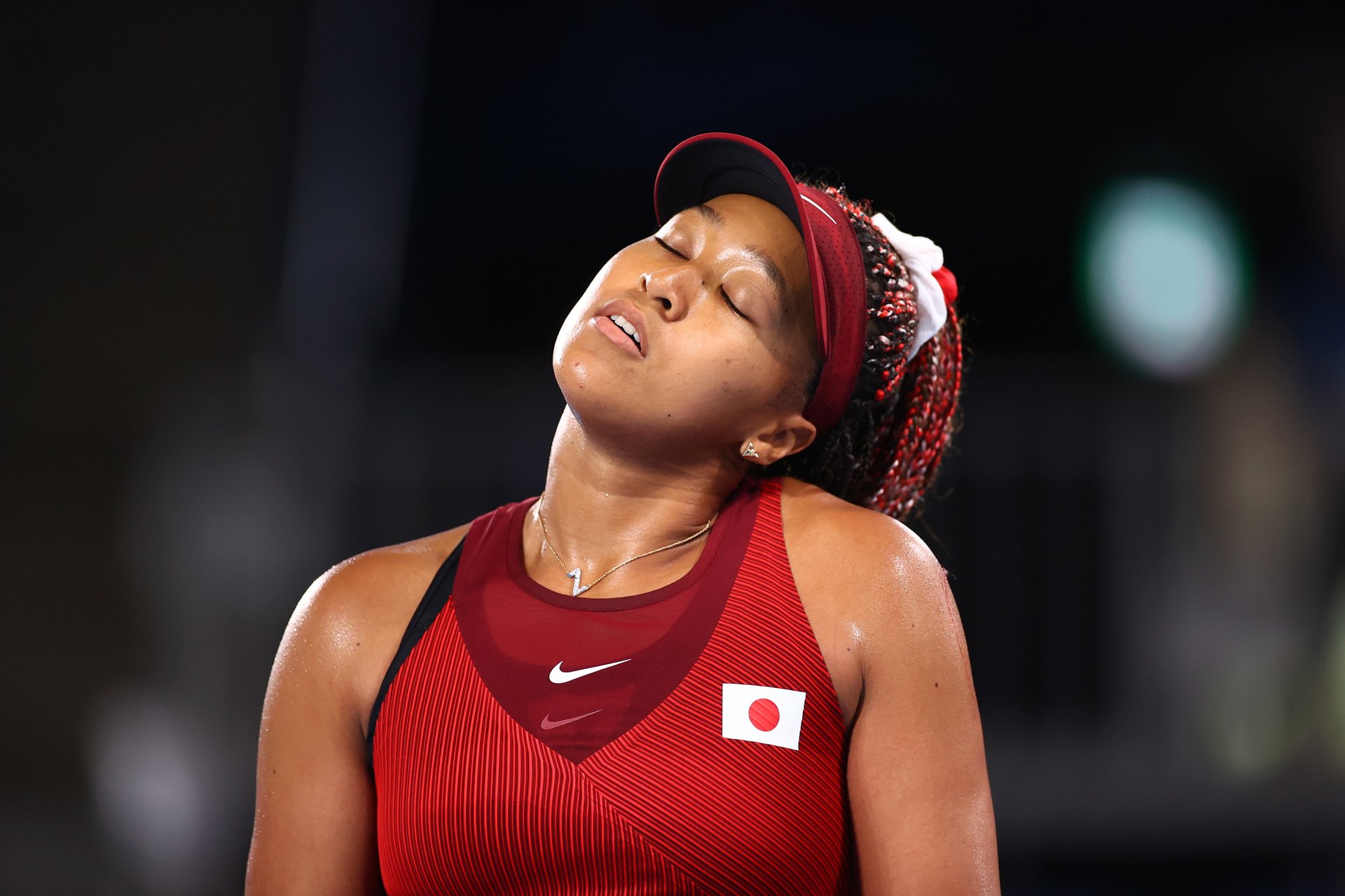The two biggest names at the Tokyo Olympics stumbled on the same day
This article has been updated.


This article has been updated.
It’s been a difficult year for even the greatest, most durable athletes; their training and elite-level preparation has been interrupted, and the scrutiny has become even more intense.
Still, Olympic organizers and viewers—as well as the broadcasters and sponsors who have spent billions on the event—are shocked by what happened on July 27: Japanese tennis player Naomi Osaka was eliminated from the tournament, while US gymnast Simone Biles withdrew from the team competition, citing a mental health issue. The next day (July 28), she pulled out of the individual all-round final.
Osaka and Biles are arguably the two biggest-name athletes at these Olympic Games. Osaka is the local superstar, a multiple Grand Slam winner who had the rare honor of lighting the Olympic cauldron at the end of the opening ceremony. Biles won four gold medals at the 2016 Games in Rio, and is widely considered one of the greatest gymnasts of all time.
Osaka lost in straight sets to the Czech Republic’s Marketa Vondrousova, and Biles dropped out, as the US team finished second behind the Russian Olympic Committee. Both athletes were expected to win in Tokyo, and their departure would be a huge blow to the Games, in a sporting and commercial sense. Biles could still compete in other individual events, but it is uncertain.
Osaka and Biles are more than athletes
Osaka and Biles represent much more than excellence in tennis or gymnastics. They are young, staggeringly successful women of color in predominantly white sports, and have been advocates for racial justice and mental health, openly discussing their challenges and speaking out on difficult issues. “From Covid to social justice, it’s been a really challenging time,” Biles said at the end of 2020.
“I truly do feel like I have the weight of the world on my shoulders at times,” Biles posted on Instagram on July 26. She withdrew from the team competition a day later. “Whenever you get in a high stress situation you kind of freak out,” she explained afterwards. “I have to focus on my mental health and not jeopardize my health and wellbeing.”
Meanwhile, Osaka also admitted she has been struggling mentally—”It’s OK to not be OK,” she wrote in Time—and pulled out of the French Open and Wimbledon before committing to the Olympics.
Sponsorships and endorsements
There’s also a lot of money at stake. Naomi Osaka is the highest-paid female athlete ever, says Forbes, earning $60 million in the 12 months up to June 2021. (Tellingly, she’s still behind 11 men on a list that’s headed by MMA fighter Conor McGregor, who earned three times as much as her.)
That includes $55 million in endorsement deals alone, and Nike, which pays her $10 million a year, even allowed her to display other sponsors’ logos on her tennis apparel, indicating her immense market value. The company refused to let Serena Williams and Andre Agassi do that, insisting that only the Nike swoosh should be visible on their gear.
Biles is not on the same pay scale, but she is a big star in the US, and she has deals with Kellogg’s, Visa, and Hershey’s, as well as her own line of gymnastic equipment. She notably left Nike this year for Gap’s Athleta brand, which she praised for being supportive of female athletes.
But more than anything, these Olympic Games—delayed, restricted, and unwanted in Japan—needed their established superstars. On the other hand, there’s still plenty of time for new heroes to emerge.